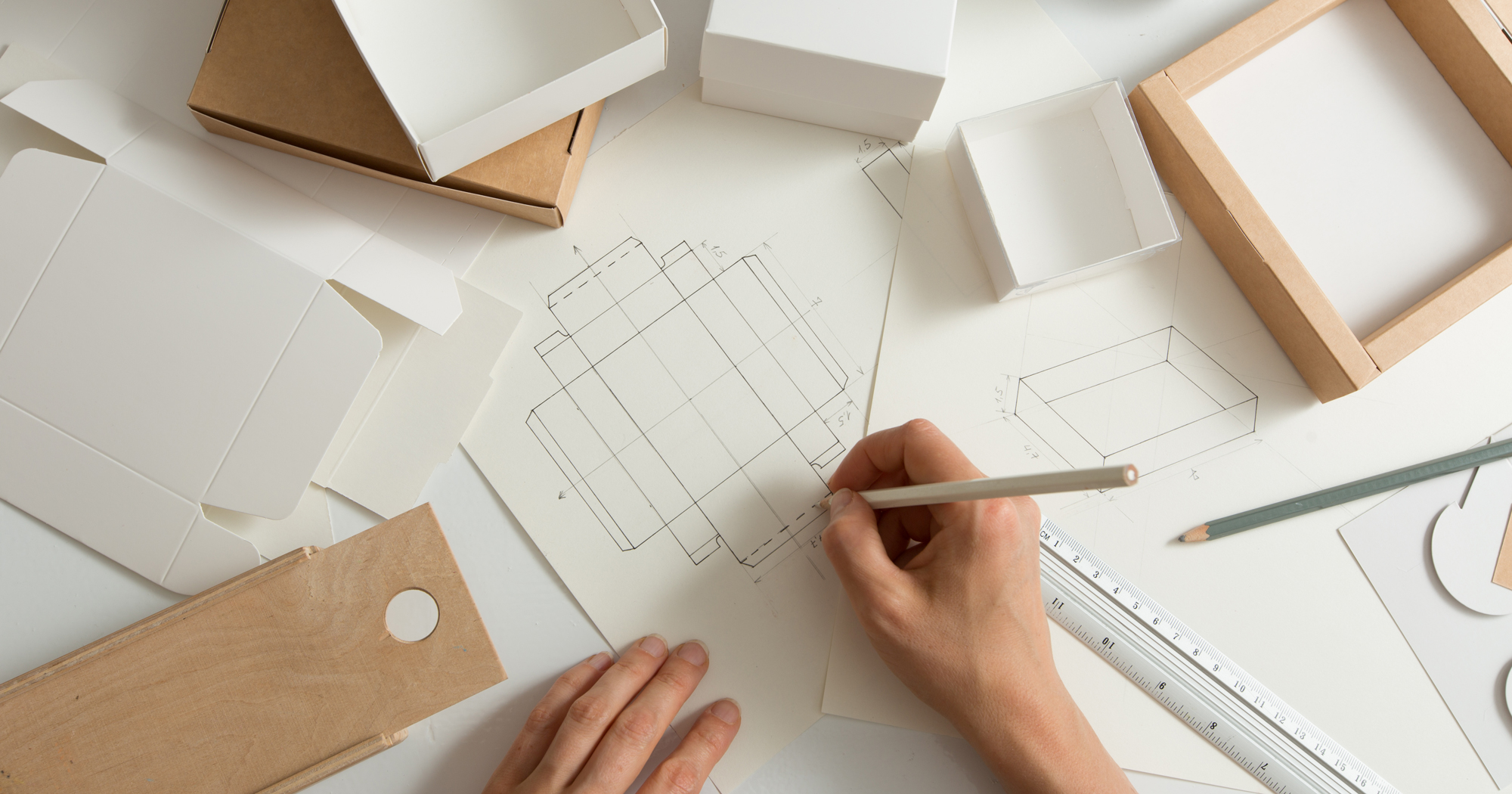Packaging redesign projects are a big undertaking. On the one hand, change is essential for growth. Very few brands can stay the same forever and expect to grow amidst an oversaturated, ever-evolving market. On the other, change can be scary; there’s always a fear of alienating current customers or failing to resonate with new target bases. But to stay relevant among competitors and consumers, companies need to fight stagnation and be willing to elevate. Understanding the signs that indicate a packaging redesign is necessary and managing those changes effectively can help keep your products successful.
Signs You Need a Packaging Update
The following indicators mean it might be time to redesign your branded packaging:
- Dated palette and design
- Competitor redesigns
- Brand transformations
- Product changes
- Slow product sales
- Market shifts
While you don’t want to modify your packaging too frequently, you also don’t want to remain the same too long. Revisiting your packaging design every five to six years is industry standard.
How to Refresh Product Packaging
The design decisions you make should protect or, ideally, improve your brand equity, or the perceived value and positive associations customers have about a brand.
Determine Your Goals
Think about the reasons prompting you to start a redesign. Do these factors call for minor updates or major changes? Knowing what your goals are will help you establish the right creative processes to follow.
Focus on the Customer
Packaging redesign projects should always revolve around a target audience’s likes and interests. What things are these customers looking for when they decide to buy a product? Does your audience gravitate toward certain aesthetics? You’ll need to understand the key factors that drive intended consumer behavior and decision-making, then incorporate these findings into the packaging updates.
Be Bold
Product packaging visuals and messaging need to capture a customer’s attention quickly. With so many products from different companies sitting on shelves, your packaging must stand out and convey what makes your product the best choice for consumers. Customers aren’t going to thoroughly inspect every aspect of your packaging though. Evolved color palettes, catchy messages, modern iconography, dynamic fonts, and elevated logos all must work together to create a coherent, compelling design.
Keep It Simple
Just because packaging redesigns should be bold doesn’t mean they have to be complex. Simple, clean designs with short, sweet verbiage should do the trick in industries like food and food service. Don’t think you need to choose oddly shaped packaging or expensive materials to show how unique your product is. Those elements could negatively affect a redesign. Emphasize practicality and functionality, always making sure the packaging makes it easy to open and use your product.
Remember Your Brand Identity
The biggest mistake you can make with a packaging update is to change the design so much that you lose your brand’s distinctiveness. If your brand isn’t instantly recognizable after a redesign, you could lose brand equity. Instead of reinventing your brand, modernize or elevate identifiable elements.
Use Sustainable Materials
Buying sustainable packaged products isn’t just a trend; it’s a long-term lifestyle for many. Many consumers actively seek out eco-friendly products and packaging over less sustainable alternatives. If you’re ready to take on a redesign, the materials used to make your packaging should also be considered. Using materials like recycled paperboard for folding cartons is just one of many options that could sway consumers toward your product.


